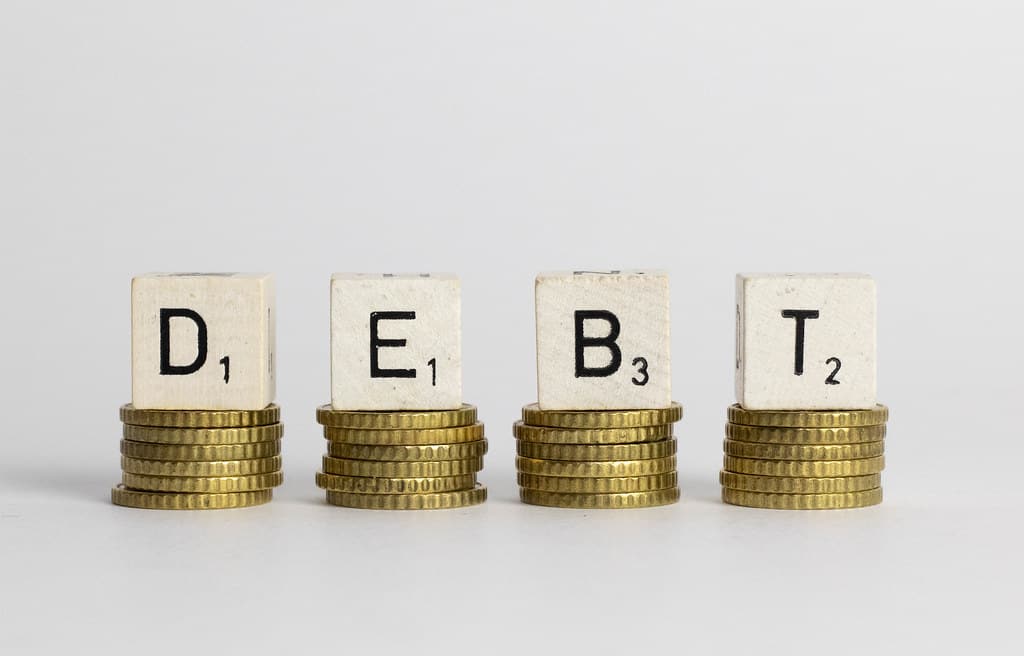Discussion about China’s macro-leverage levels has risen to the fore as policymakers weigh means for expediting the country’s economic recovery in the wake of the COVID-19 pandemic.
“At present we face special circumstances, and a rise in macro-leverage ratios is one of the manifestations of macro-policy to support pandemic prevention and recovery of the national economy,” said Ruan Jianhong (阮健弘), head of the Chinese central bank’s statistical department. “We should permit phase-based increases in macro-leverage ratios and expand credit support for the real economy.”
Ruan made the remarks on 14 October at the release of the central bank’s financial data for the third quarter of 2020.
The “macro-leverage ratio” in China refers to the ratio of total debt to national GDP, and under normal circumstances should decline in tandem with increases in the size of the economy.
In the first half of 2020 China’s macro-leverage ratio increased by 21 percentage points, from 245.4% to 266.4%. This included increases of 13.9 percentage points in the first quarter and 7.1 percentage points in the second quarter.
Lian Ping (连平), chief economist for ZhiXin Fund (植信投资), said to Diyi Caijing that excessive focus should not be given to gains in macro-leverage levels under special circumstances like the COVID-19 pandemic, and a “tolerable level” of increase should be accepted.
Lian further points out that a higher leverage ratio is related to China’s current financial model which focuses more on indirect financing.
“In actuality our problem does not lie in the high macro-leverage level, but more in the need for structural optimisation,” said Lian.




